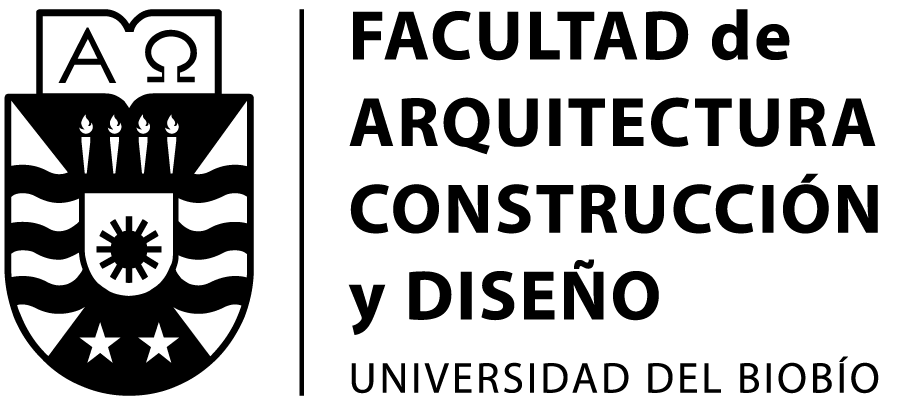Submissions
Submission Preparation Checklist
As part of the submission process, authors are required to check off their submission's compliance with all of the following items, and submissions may be returned to authors that do not adhere to these guidelines.- It is mandatory to complete this form.
- The manuscript has a research article format and includes the following sections: Abstract, Introduction, Theoretical Framework, Methodology, Results, Discussions, Conclusions, and Bibliographical References (Article Template).
- The Proof of Authorship is attached and is signed by all the authors.
Copyright Notice
The content of the articles and reviews published in each issue of Urbano is the sole responsibility of the authors. It does not necessarily represent the thinking or compromise the opinion of the Universidad del Bío-Bío.
The authors will retain their copyright. However, they will guarantee the journal the right to publish and disseminate their work first. The article's publication in Urbano will be subject to the Creative Commons Attribution License CC BY-SA, which allows others to share, copy, transform, or create new material from this work for any purpose, even commercially, as long as the authorship and the first publication in this journal are acknowledged and their latest creations are licensed under the same terms.

Privacy Statement
The names and e-mail addresses entered in this journal will be used exclusively for the stated purposes and will not be provided to third parties or other purposes.






















